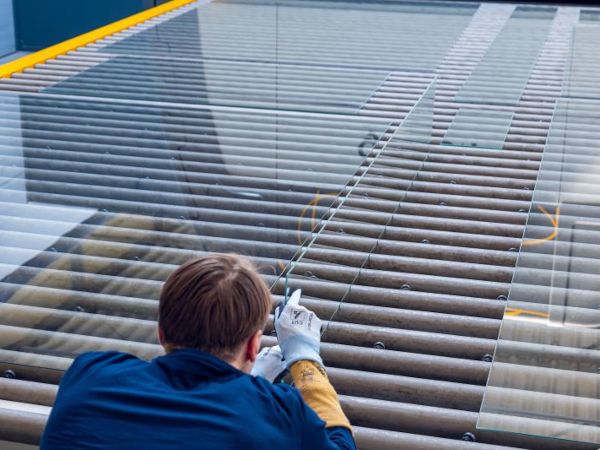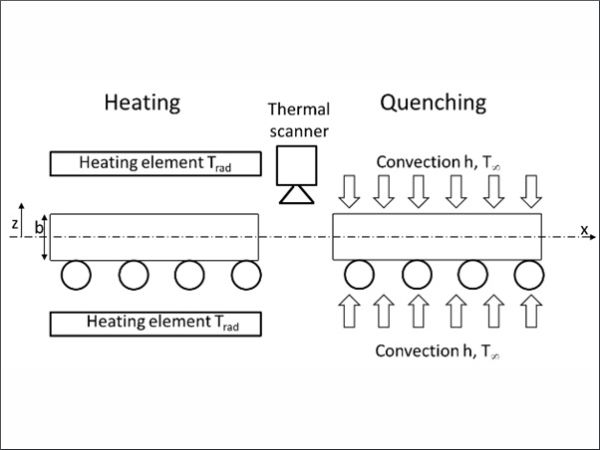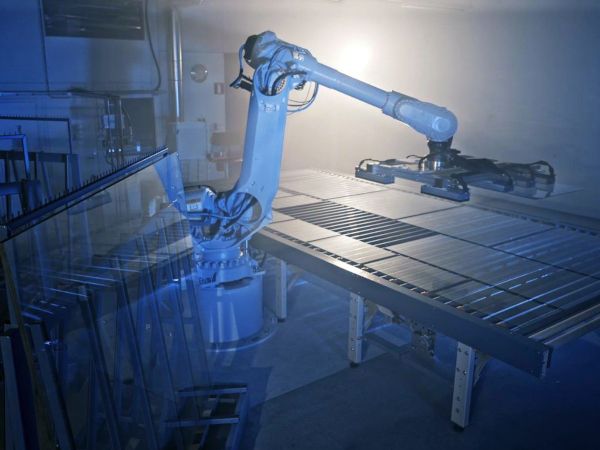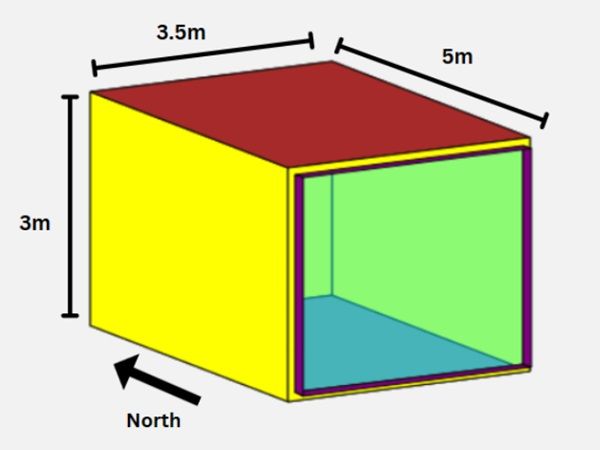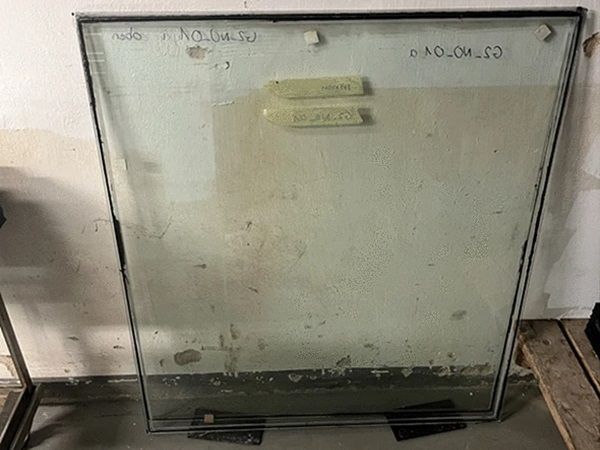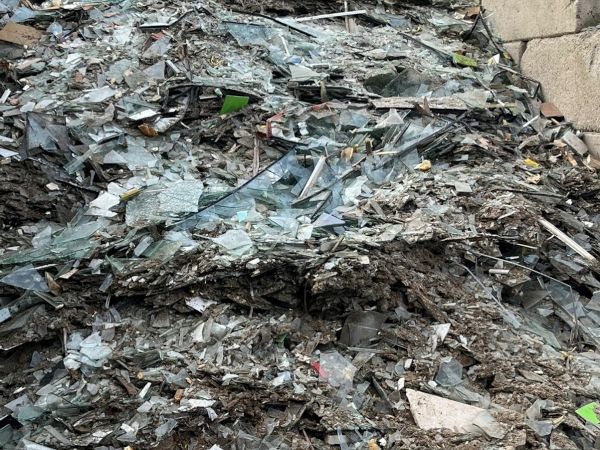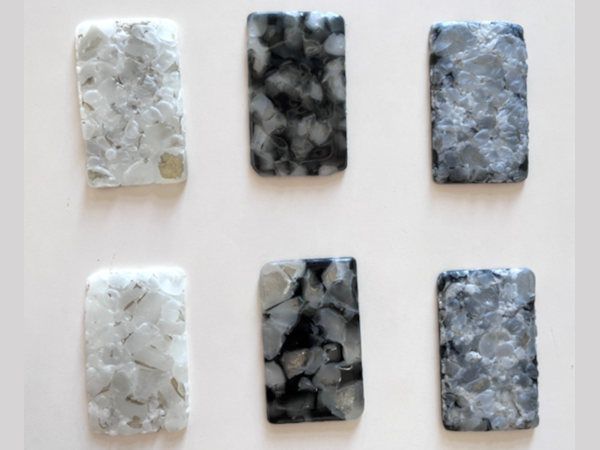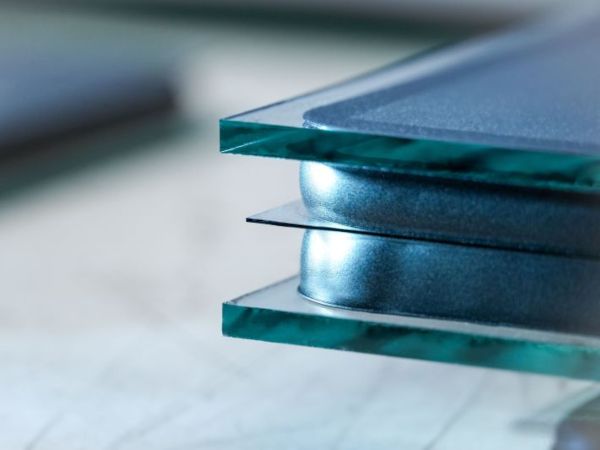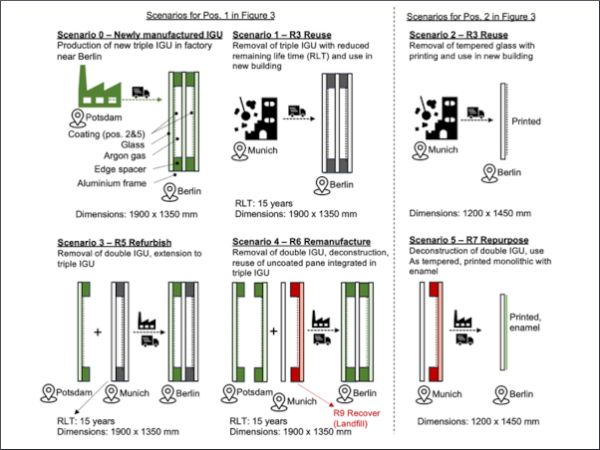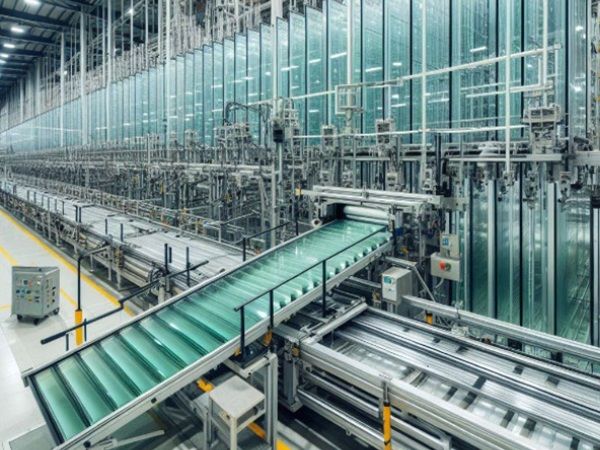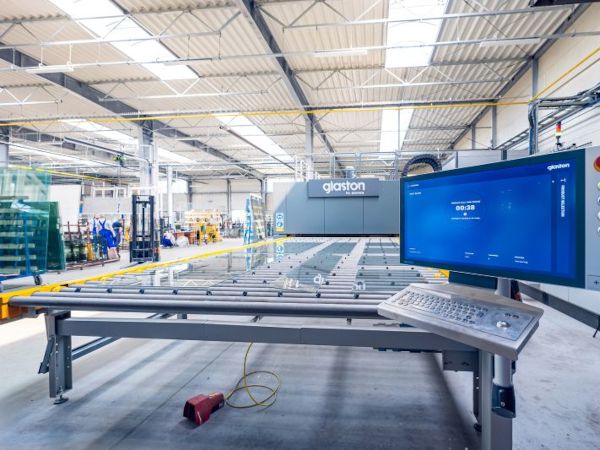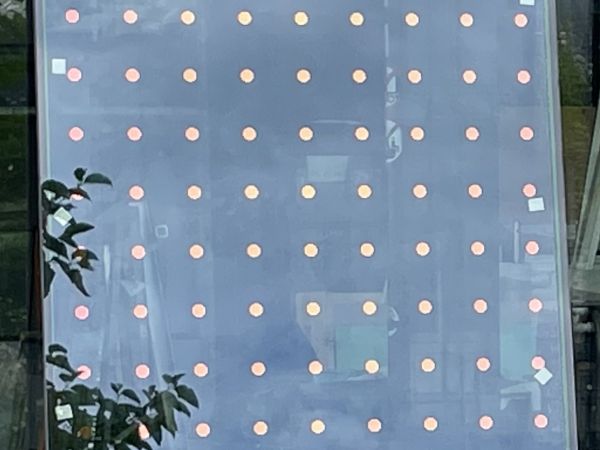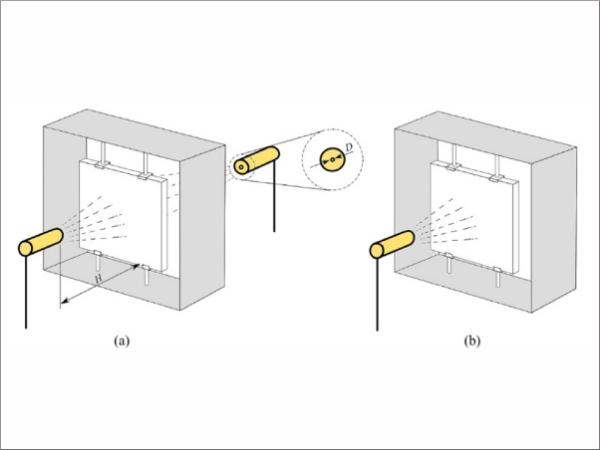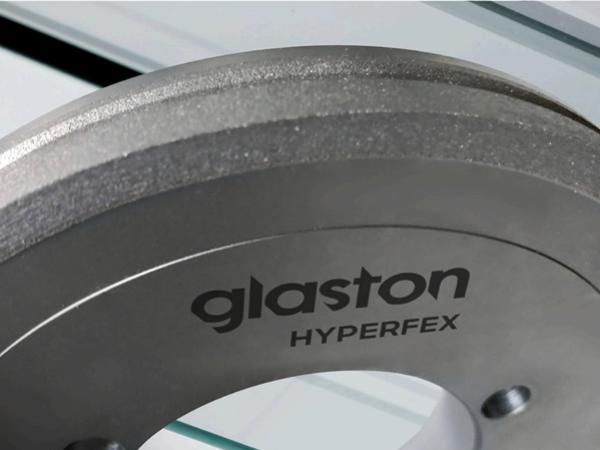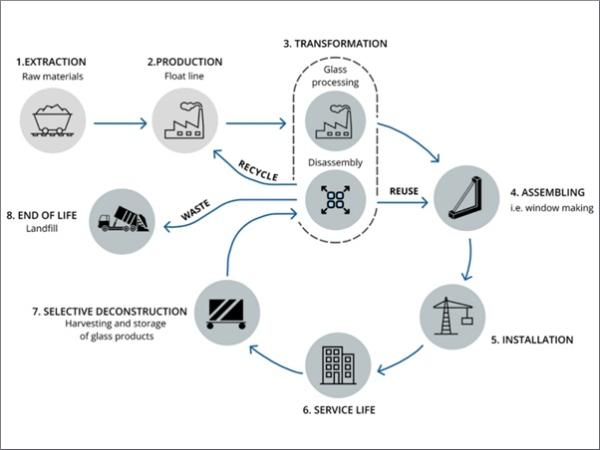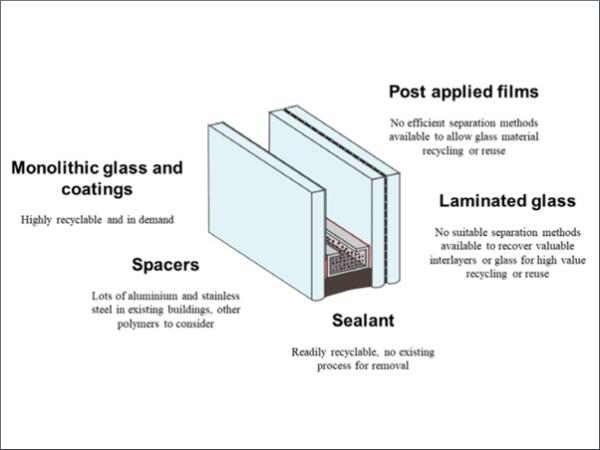Others also read
| The latest Glastory blog explores the evolving role of automation in glass processing, highlighting examples of how it is transforming efficiency in the industry.
| Optical stress measurement in tempered glass has its challenges. Stresses can be measured optically based on the optical anisotropy behavior of the glass.
| What glass processes gain the most from automation? In this blog, we’ll focus on some of the particularly promising application areas.
| When finding, training and retaining personnel for routine jobs is a challenge, processing automation offers a game-changing solution.
| A recent study by BV Glas and Stuttgart University outlines three pathways to achieve climate neutrality in the glass industry by 2045.
| This paper aims to quantify the savings achieved through the ERM of secondary layer addition to existing glazed facades, for a high WWR office building in cooling and heating dominated climate locations.
| This paper deals with the question of how old insulating glass units can be re manufactured to match the state of the art in terms of the energy efficiency.
| The thesis examined the barriers to recovering end of life glass from commercial projects in London, and identified the drivers that will open pathways for glass to be recycled.
| Increasing the circularity of flat glass does not only mean to collect glass cullet from internal and pre- consumer processes. It also means to use glass cullet from the post- consumer applications, such as residential or commercial buildings.
| This research examines the viability of recycling soda lime glass from post-consumer Insulated Glass Units (IGU), mixing various types of architectural glass cullet and fusing them into flat plates by using electric kilns.
| In this latest Glastory blog, Uwe Risle explains why thin triple IG units are gaining popularity and what the key differences are between thin triple IGUs and other insulating glass types.
| In order to minimize the environmental impact of glass by preserving the embodied carbon and substituting newly produced glasses, the reuse of glass is considered to be of the highest potential.
| The latest Glastory blog gives insights on the experiences of the tempering process Autopilot users.
| ‘glass technology live’ will showcase a promising new development along with many other innovations.
| This article presents the metric avoided carbon for the reuse of aluminium unitised curtain wall façades, that are to be taken from a donor building and applied onto a receiving building.
| Glass is most often heat treated before using it as a structural material. In this context, thermal tempering is the most effective and efficient method to enhance the load bearing capacity and strength of glass.
| Today talking about the trends, challenges, and innovations of flat glass lamination on Glastory.
| This study delves into the influences of the glazing solar heat gain coefficient (SHGC), the glazing heat transfer coefficient (U-value), and PCM thickness on the energy performance of buildings.
| In the latest Glastory blog post, Per Jensen analyzes the holistic approach to grinding.
Author: Per Jensen | Glaston
Source: glastory.net
Author: Per Jensen | Glaston
Source: glastory.net
| The approaches proposed by planners and architects for adapting to climate change will be discussed at glasstec 2024 (22-25 October, Düsseldorf) at its Architecture Forum.
| A study of its environmental benefits, quality, and mechanical properties
| Glass tempering is a process that can be made in many ways to get tempered glass that meets the standards. The selected way is usually chosen by the operator and is almost always based on experience instead of science.
| Flat glass manufacturers are rightly focused on reducing their operational carbon and in turn the embodied carbon of the glass materials that they create.
| The main benefits from dynamic glass relate to visual light comfort, light control and spectral modulation, privacy modulation and the most critical nowadays energy savings.

